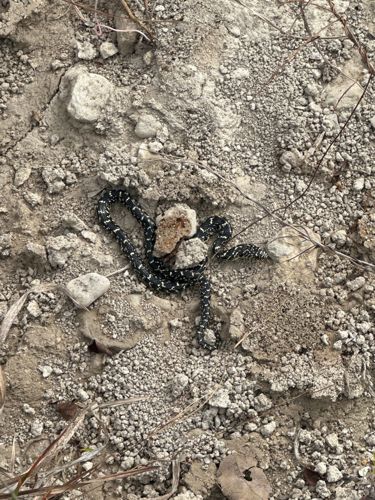Eastern Kingsnake
Scientific Name: Lampropeltis getula
Order & Family: Squamata, Colubridae
Size: 36-72 inches (91-183 cm) in length, with some individuals reaching up to 82 inches (208 cm).

Natural Habitat
A wide variety of habitats including forests, swamps, cultivated fields, and suburban areas. Often found in areas with ample cover like logs, rocks, or debris.
Diet & Feeding
Carnivorous. Eastern Kingsnakes are constrictors and are known to eat other snakes (including venomous ones like copperheads and rattlesnakes, to whose venom they are immune), rodents, birds, bird eggs, lizards, and amphibians.
Behavior Patterns
Primarily diurnal but can be active at night during warmer periods. They are solitary and non-aggressive, though they may rattle their tail or release musk when threatened. They are known for their distinctive pattern of black with white or yellow chain-like bands.
Risks & Benefits
Benefits: They play a crucial role in controlling populations of rodents and other snakes, including venomous species, making them beneficial to ecosystems and sometimes to humans for pest control. Potential Risks: Harmless to humans and non-venomous. They will bite if provoked, but their bite is not medically significant.
Identified on: 10/25/2025